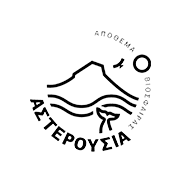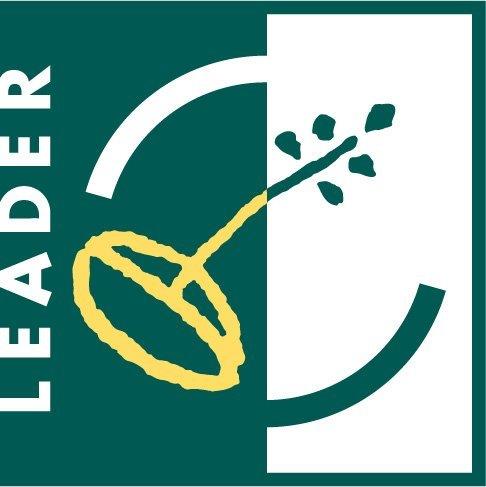Culture
- Home
- Culture
Introduction
The Asterousia Mountains offer both visitors and residents a rich cultural repository with a great number of traditions, customs, and habits.
The three important elements of the region is the place itself, the course of time, and the human presence, which have managed to form this particularly interesting cultural identity.
The sanctity of the area, the continuous human activity, the rich natural environment, and the relative isolation of the communities in combination with the beautiful relief of the mountain massif, contributed to the creation of a unique cultural background punctuated by certain traditions, customs, and habits, many of which have primeval roots or constitute surviving elements of the Minoan and Pre-Christian religion.
It could be said that the Asterousia mountain range is unique in comparison to other mountainous areas of Crete, thanks to the longstanding, incessant human presence, which has been confirmed to have existed as early as the Neolithic Period. Therefore, humans and nature have collaborated for more than 4,000 years to form this beautiful mountainous landscape. This continuous human present and the incessant usage of the natural resources of Asterousia have bequeathed consecutive areas that constitute palimpsests of the past and are full of a diverse range of tangible and intangible remnants. For the most part, these are areas that are not inhabited nowadays; however, in the past they burst with life.
Significant archaeological sites from all stages of history can be found scattered all over the mountain massif of Asterousia. Neolithic places of residence, Minoan settlements, summit shrines, caves of worship, Asclepieions (healing temples), various facilities, and most importantly cemeteries with domed tombs are found both at the coastal front and the mountainous and semi-mountainous zones. Above or near the ancient places of worship one can find a number of Christian places of worship that keep the “sacred memory” of the mountain range alive. At the same time, residential ruins of the Neolithic, Minoan, Archaic, Roman, Byzantine, Venetian, Ottoman, and Modern Period constitute the image that is known today, alongside the natural environment of the mountain of course. Matala, Kaloi Limenes, Lentas, Trypiti, Kofinas, Agios Ioannis, Treis Ekklisies, and Tsoutsouros are only some of the archaeological sites that confirm the constant human presence in the Asterousia Mountains.
The monastic movement in Greece and the Balkans was born and glorified in the Hermitages and Monasteries of the area. The existence of significant religious centers – such as Agioi Efthychianoi, the Odigitria Monastery, Apezanes, Koudoumas, Agios Ioannis in Kapetaniana, Lousoudi, Treis Ekklisies, Agios Nikitas, Agios Antonios, Panagia Martsaliani – played a crucial role not only in the daily life of the residents, but also during difficult periods in history. These places have managed to preserve the language, religious tradition, culture, folklore knowledge, as well as the wisdom of the Asterousia Mountains.
Places of historical interest
In terms of the history of the Asterousia Mountains, it could be briefly said that it is characterized by three elements: time, place, and the humans that connect everything together.
The Asterousia Mountains constitute the cradle of the first leaps of the Minoan civilization; the first great civilization of Europe. The excavated and non-excavated Early Minoan and pre-palatial settlements, shrines, and cemeteries with domed tombs that exist in the mountainous massif of the northern foot of the Asterousia Mountains are all monumental echoes of these leaps.
Lastly, several traditional settlements have been preserved, including holy Monasteries (preserved monuments), Byzantine churches, and classified archaeological sites, such as Asclepieions, the Summit Temple (in Kofinas), and the Aristotle School (the first University of Crete).
Places of Religious interest
If one wished to summarize the characteristics of the mountain and its people, one would have to use these three adjectives: primeval, self-sufficient, and sacred.
As early as the Minoan period, the Asterousia Mountains constituted a place of intense ritual activity, while during the pre-Christian and post-Christian years they attracted a great number of believers who visited the area to pray. In fact, these mountains were known as Mount Athos of Crete. It is indicative that during an interview, Thanos Mikroutsikos – who was a member of the Association for the Protection of Asterousia – had said the following: “In Asterousia you can converse with God!”.
The sanctity of the place was first established during the early Minoan era with the summit temple of Kofinas. It then continued during the Greco-Roman era with a series of Asclepieions, and during the byzantine era through the rise of asceticism, anachoresis, and the first ascetics in Europe. This relationship with God culminated during the Medieval times, when the resisting theologians settled in Asterousia, founded monasteries and schools, offered massive national and religious guidance, preserved Orthodoxy and the Greek conscience of the Cretans, and paved the way for the next era, that of the Renaissance. The Noetic Prayer, which first appeared in Asterousia, was also a result of that time period. The Noetic Prayer or “Prayer of the Heart” comprises the basis of the neptic – mystic theology and aims to lead the mind into the heart. In this way, it attempts to reach and see the Uncreated Light, the only energy of God, which humans can also become aware and a part of.
The multifaceted mountains with the rich and rare endemic and steno-endemic flora and fauna still preserve a great number of traditions, habits, and customs, a lot of which have primeval roots, or constitute surviving remnants of the Minoan and pre-Christian religion. Some indicative examples are the Tree Worship in Kofinas, the Holy Dreams in Kapetaniana, and the ritual rope envelopment of the settlement in Paranymfoi.
Co-funded by Greece and the European Union





